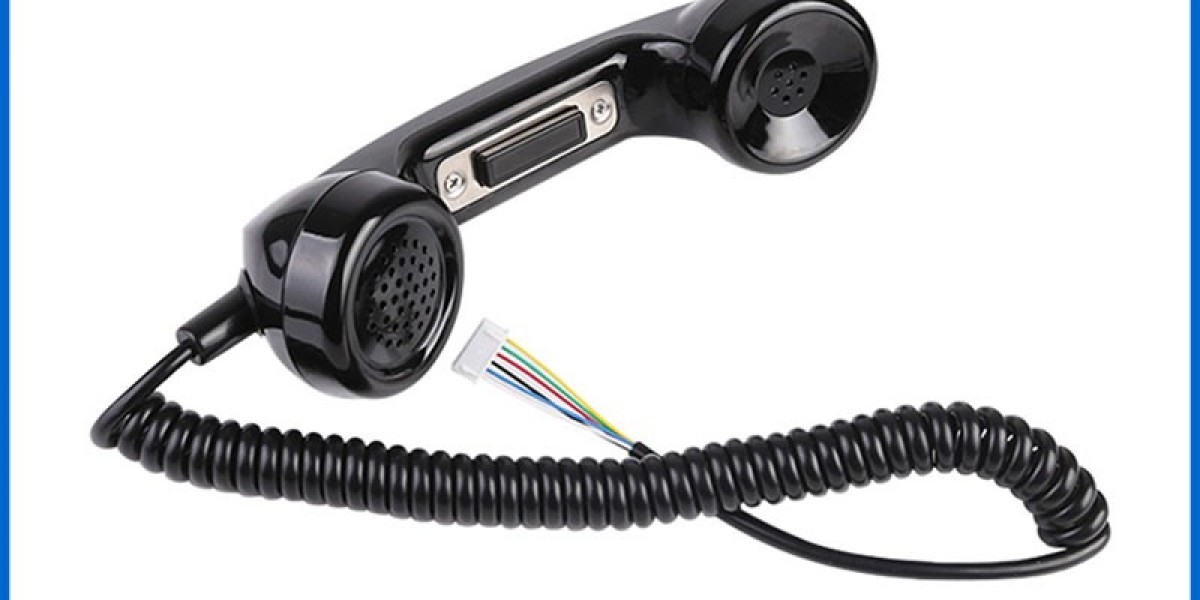Introduction
Maximize Productivity with a Call Center Dialer
In today’s fast-paced customer service environment, efficiency and responsiveness are critical. Call center dialers have become an essential tool for businesses aiming to streamline operations, improve agent productivity, and enhance customer experiences. By automating outbound calls and connecting agents only when a call is answered, dialers eliminate downtime and optimize performance.
Whether you're a startup or a large enterprise, implementing the right Call center dialer can significantly impact your bottom line. From predictive dialers to progressive and power dialers, these tools can be tailored to meet specific organizational needs, resulting in improved call management and higher conversion rates.
Understanding Call Center Dialers: Types and Key Features
A call center dialer is software that automates the process of dialing phone numbers, thereby saving time and increasing operational efficiency. There are several types of dialers, each designed for different call volumes and use cases.
1. Predictive Dialer
Predictive dialers use algorithms to determine when an agent will be available and begin dialing multiple numbers simultaneously. The system then connects answered calls to free agents. This type is best for large teams making high volumes of calls, such as telemarketing campaigns or debt collection centers.
2. Progressive Dialer
This dialer waits until an agent is available before dialing the next number. It ensures that agents are always ready to handle calls, reducing the chances of dropped or abandoned calls. Progressive dialers are ideal for maintaining quality customer interactions, especially in industries like banking or insurance.
3. Power Dialer
Power dialers dial numbers one at a time from a list and only move to the next after a call is completed or unanswered. It provides a balance between efficiency and personalization, making it suitable for small to medium-sized sales teams.
4. Preview Dialer
With preview dialers, agents can see customer information before initiating the call. This gives them time to prepare and tailor their conversation, which can significantly enhance the customer experience in high-value or sensitive interactions.
Key Features:
Real-Time Analytics & Reporting: Monitor performance and track KPIs such as call duration, answer rate, and agent activity.
CRM Integration: Seamlessly connect dialers with customer relationship management platforms.
Call Recording & Monitoring: Ensure quality and compliance through recording and supervisor access.
Do-Not-Call List Management: Automatically screen numbers to avoid regulatory violations.
Benefits of Using a Call Center Dialer
The implementation of a call center dialer can result in multiple operational and strategic advantages:
Increased Agent Efficiency: Dialers eliminate manual dialing and wait times, allowing agents to focus more on conversations.
Higher Call Volume: Businesses can significantly increase the number of calls made per hour.
Better Lead Management: Integration with CRMs ensures that data is up-to-date and that agents can make informed decisions.
Improved Customer Experience: Reduced wait times and tailored communication lead to better customer satisfaction.
Regulatory Compliance: Built-in tools help ensure adherence to telecom regulations and call restrictions.
Conclusion
A call center dialer is more than just a productivity tool—it's a strategic asset that transforms how businesses engage with customers. With various dialer types and robust features, companies can choose a solution that aligns with their unique goals and workflows. From improving agent performance to increasing conversion rates, the right dialer system lays the foundation for more efficient and customer-centric operations.
As businesses continue to adapt to digital transformation and rising customer expectations, investing in a smart, automated dialer solution isn't just optional—it's essential.








